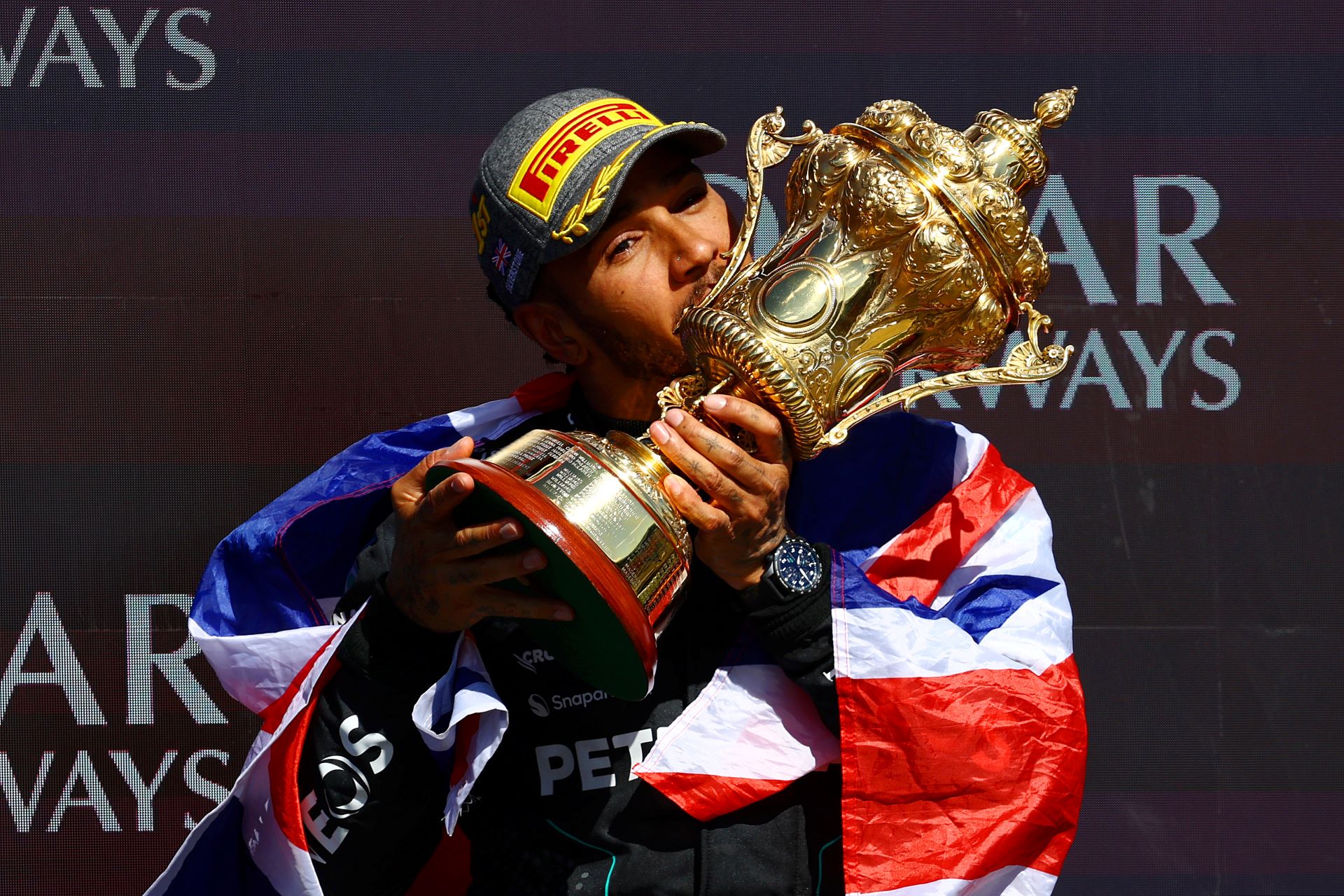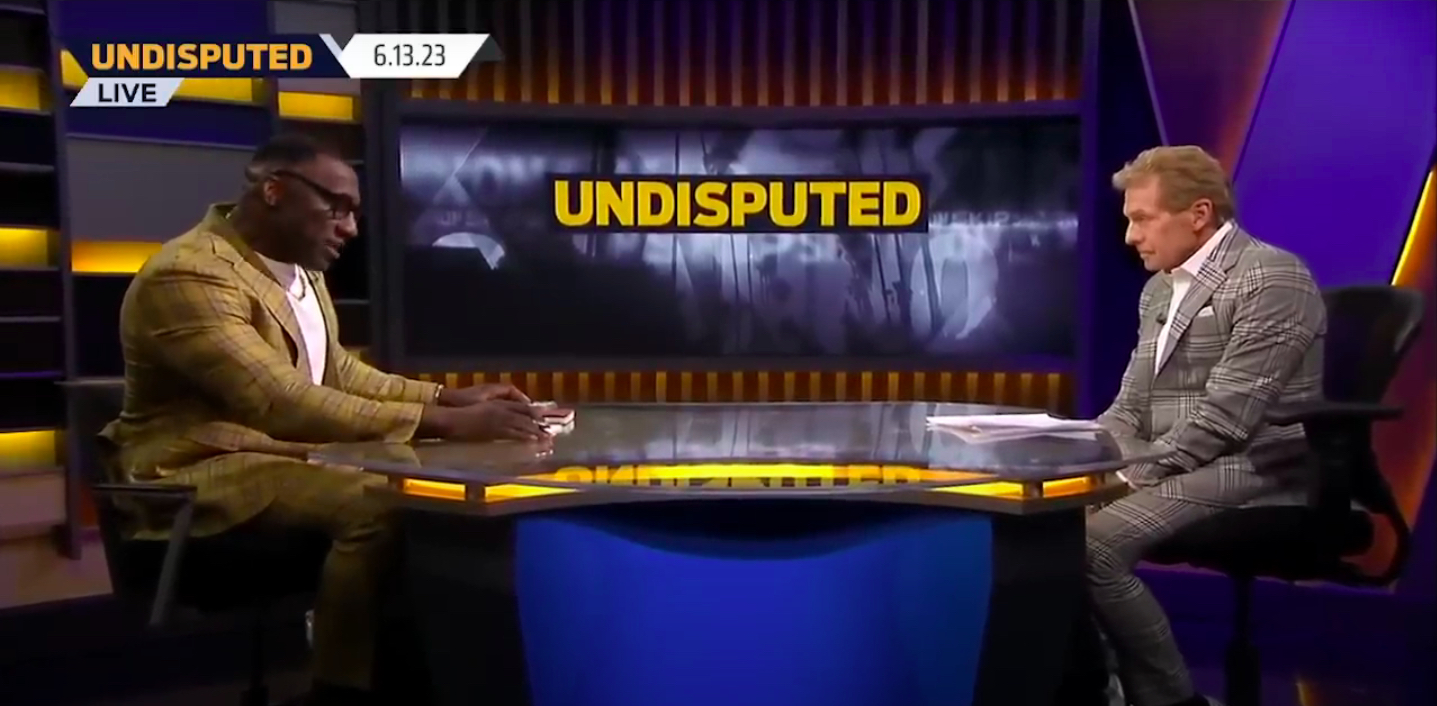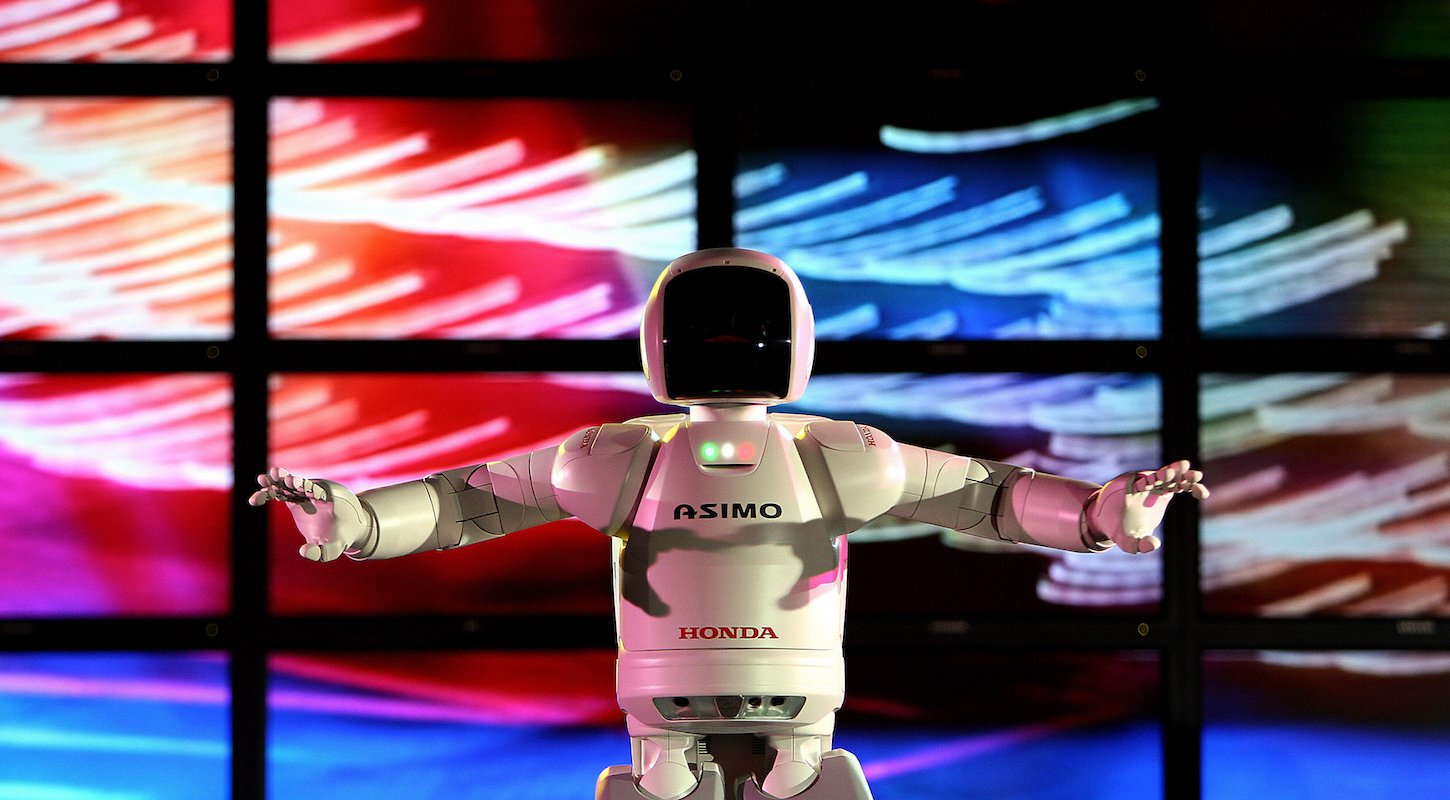Longevity is a ticking time bomb. At some point, even with the all-time greats, you are watching for the end: a wrong team move, a deterioration of form, some degradation of competitive spirit. No reasonable person would look at Mercedes's car the past couple of years and pin the lack of results on Lewis Hamilton, but if there is any season for concern, this would be it, with future Ferrari driver Lewis Hamilton obliged to serve out his last year as current Mercedes driver Lewis Hamilton, and losing out in points and single-lap pace to his younger teammate, George Russell. At what point do you start to worry?
It was the end of an era when Hamilton's consecutive season win streak, which dated back to his rookie year, ended in 2022, and it hasn't gotten any easier since. Entering the British Grand Prix on Sunday, it had been two-and-a-half years since Hamilton won a race. Forget about form—maybe even fortune had stopped falling his way. And Hamilton stepped into his car on a rainy British evening in Silverstone and declared, Not yet.
Formula 1 mythos treats rain races as some great equalizer. Put car quality aside, and a true driver, a gutsy driver, is great in the wet. This is not based very much in reality: Extreme pit-stop windows make rain races highly strategic affairs, and there are hardly enough rain races in a year to determine someone's capabilities. Consider the ever-complex legacy of Sebastian Vettel, famously reputed to be poor in wet conditions—another knock on his true racer qualifications, just like the percentage of race wins he earned from pole position—and yet his penultimate podium came in the damp and slippery 2020 Turkish Grand Prix. Still, fair or not, a great driver in the rain is remembered for their moments, and Vettel's downfall is tied to his crash in Hockenheim; a rookie Max Verstappen is future champion material for his save in Brazil; Ayrton Senna is immortalized for his charge at Donington Park.
Lewis Hamilton loves the rain, and the British Grand Prix, and especially the British Grand Prix in the rain. The British Grand Prix is the home race of three current drivers (or four, depending on how you count, though Alexander Albon races under the Thai flag), but it's still really Hamilton's: He has raced in 18 British Grand Prix and only finished off the podium in four of them. He started Sunday's race second on the grid, his best qualifying result of the season—even if it was still behind his teammate, Russell—and maintained the position above Max Verstappen, who was simply slower on pace than both the Mercedes and the McLarens. The rain didn't come until lap 17, but when it did, Hamilton surged with it: Within one lap, he'd made up over a second of time on his teammate, and the crowd roared as Hamilton passed him easily to seize the lead.
It didn't last for very long. The McLarens still looked pacier, even in the rain, and Lando Norris and Oscar Piastri passed both Mercedes laps later. This is where the ugly, unromantic realities of tire strategy come creeping in. On lap 27, all of the race leaders were still on dry-weather tires, including Hamilton, but as the rain came down harder, the switch to inters became a question of when, not if.
Verstappen, who looked out of contention for the race win, made the call himself to pit on lap 27, a lap earlier than any of the cars in front of him, and was rewarded with a two-place jump up to P3. Mercedes limited the damage by double-stacking their cars in a single pit stop. McLaren, by contrast, provided a clear example of the risks of pitting at the wrong time by only pitting Norris: Despite losing roughly 20 seconds to the pit stop, Norris had nearly caught up to Piastri again in the single lap it took for Piastri to come back around to the pits. Piastri emerged from his stop far behind the top three of Norris, Hamilton, and Verstappen.
Then as the sun returned, the teams had to make another pit stop call, this time back for the dry-weather tires. On lap 39, Hamilton and Verstappen pitted for soft and hard tires, respectively; Norris—leading the pack and not in any position to react—came in a lap later for soft tires, despite having a set of better medium tires available, unlike Hamilton. The timing of the pit stop cost Norris the race lead; the choice of tire cost him a shot at the race win.
But tires this, tires that. McLaren could've won the race with tighter strategy calls, but every race win, wet or dry, is built up of dozens of factors going correctly. The final pit stops wiped the slate clean, leaving only the drivers to show what they had. When Hamilton's race engineer, Peter Bonnington, came on the radio to inform him that Norris was also on soft tires, Hamilton replied, "Leave me to it, mate." And with 12 laps to go, Hamilton reminded everyone what he can do with the opportunity to take the race into his own hands.
He spent the final laps balanced on a tightrope: While Norris's soft tires degraded so rapidly that Verstappen caught him just eight laps after the switch, Hamilton eked out every last bit of life from his. Verstappen was closing rapidly on the timing screen, but there wasn't enough of the race remaining. Hamilton passed the checkered flag, uncontested, and got his first win in over two years.
On the counting statistics to Hamilton's legend, the win is nothing unique: another tally to make an awkward 104, though he beat Michael Schumacher's record of most wins at a single track with his ninth at Silverstone. But in the spirit of rain races, we only think of the moment: Lewis Hamilton now, in almost certainly his last race in this circuit while wearing this livery, surrounded by this team. Toto Wolff was shown smiling with unfettered happiness in the garage. Bonnington, who has been with Hamilton in each of his championship-winning drives since 2013, shouted over the radio, "Get in there, Lewis! You're the man! You're the man! Oh, mate, I have been waiting for this. Geez." Hamilton let out a loud exhale and said, audibly choked up, "Thank you so much guys. It means a lot—it means a lot to get this one. And big thank you to all the fans here. I love you guys." And for the driver-engineer pair alone: Bonnington later said, "It means a lot to us all," and Hamilton replied, "Love you, Bono."
Hamilton drove the cooldown lap slowly. Partway through, he stopped and took a Union Jack from a marshal on the grid, which he held up as he finished the final stretch. He left his helmet on as he shared a long embrace with his father—who would know better than any spectator the sheer burden Hamilton drives with each race—though the camera caught Hamilton wiping his eyes behind the visor. At Silverstone, Lewis Hamilton let everyone, from the Mercedes garage, to the stands, to the other drivers on the grid, know: He is not done yet. Not yet, not yet, not yet.
Correction: The original version of this post incorrectly stated that Sebastian Vettel's last podium was the 2020 Turkish Grand Prix; it was his second-to-last.






